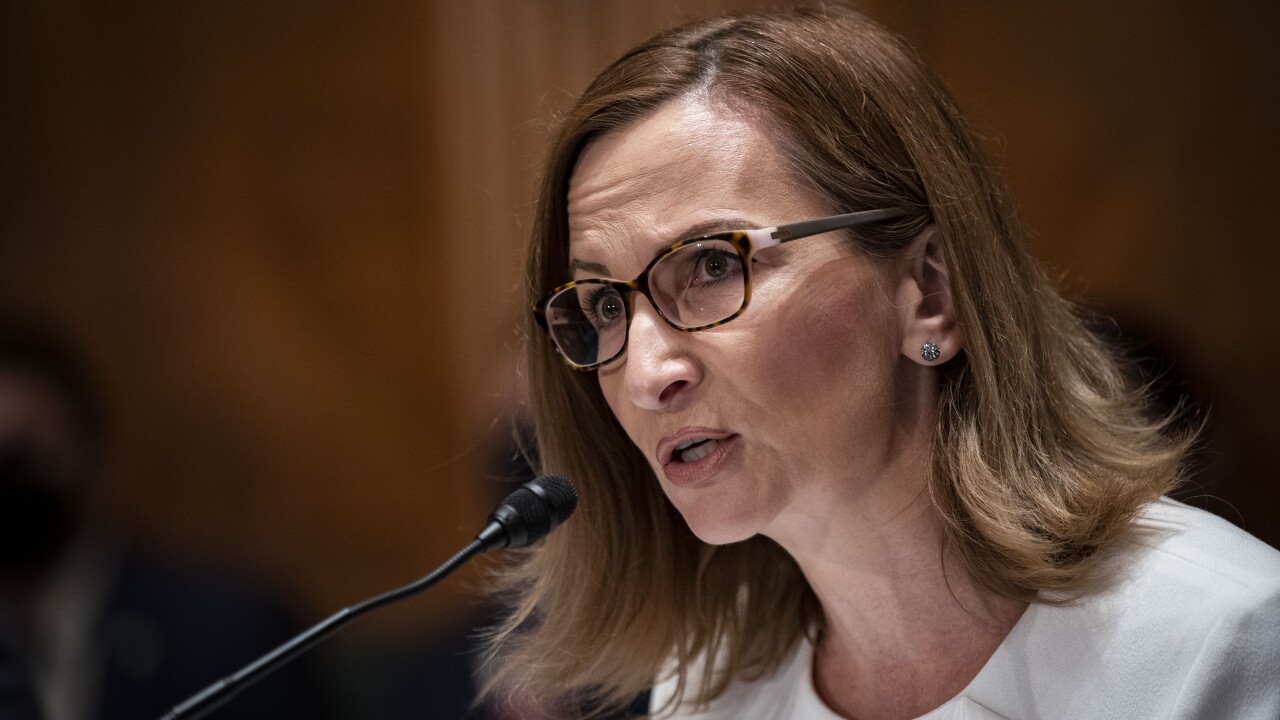- Expert quote: Community banks "have the insights into local economic conditions, as well as the business opportunities that define the market they serve," said Eric Chan, Morningstar vice president for North American financial institution ratings.
- Key insight: The fact less than half of eligible community banks have opted into the Community Bank Leverage Ratio framework indicates a need to fine-tune the regulation, according to the report.
- Forward look: Higher efficiency ratios and the challenge of remaining abreast of rapidly developing technology will continue to drive community bank consolidation, the report found.
Community banks will continue ceding market share to larger competitors as consolidation further shrinks their ranks, according to a
As of June 30, the number of U.S. banks had shrunk from nearly 18,000 in 1985 to 4,267. DBRS Morningstar expects the consolidation trend to continue and even accelerate, as speedier deal approvals and a more conducive regulatory environment make mergers a more palatable prospect.
Among the factors driving consolidation, according to the report: Community banks operate with significantly higher efficiency ratios than their larger competitors. In addition, many smaller banks struggle to stay abreast of rapidly advancing technology.
"The smaller the banking platform, the less it can realize economies of scale or afford to invest in new technologies," stated Morningstar DBRS, which last year
Still, community banks, which Morningstar DBRS defines as institutions with less than $10 billion in total assets, "play an outsized role" in their local economies, the firm stated in its latest report. "These banks tend to develop deeper connections with their clients and a greater familiarity with the inner workings of the markets they serve," the report concluded.
Main Street banks "really are pillars in their communities," Eric Chan, Morningstar's vice president for North American financial institution ratings and a co-author of the report, told American Banker. "They have the insights into local economic conditions, as well as the business opportunities that define the market they serve."
While recent research by
"That audience is always going to be there," Chan said. "If there's a demand for products, such as the ones community banks currently offer to small businesses, the supply is always going to be there."
Morningstar also concluded that the regulatory changes ushered in by the Trump administration this year may result in meaningful relief to smaller banks in the form of a revised community bank leverage ratio.
Michele Bowman, who was
The CBLR framework grants bank regulators the authority to set a specific community bank's required leverage ratio at anywhere between 8% and 10%. Opting in allows banks to substitute a higher leverage ratio for a requirement that they calculate and report risk-based capital ratios.
As of March 31, though, about five years after the CBLR's introduction, only 41% of eligible banks had adopted the framework, according to Bowman.
"The fact only 41% of community banks have opted in to the CBLR framework to us implies there is potentially more tailoring that could be done," Chan said.
CBLR reform appears to be gaining some traction in Congress, as well. Rep. Young Kim, R-Calif., has introduced a bill that would increase the qualifying asset-size threshold by $5 billion to $15 billion, while reducing the leverage ratio range from 8%-to-10% down to 6%-to-8%.
Chan said Morningstar decided to pursue a community banking report after concluding the sector has been "overshadowed" by larger banks.
"Community banks are really a hidden engine," Chan said. "Although they make up just 14% of the industry's total assets, they're critical to the overall economy."






